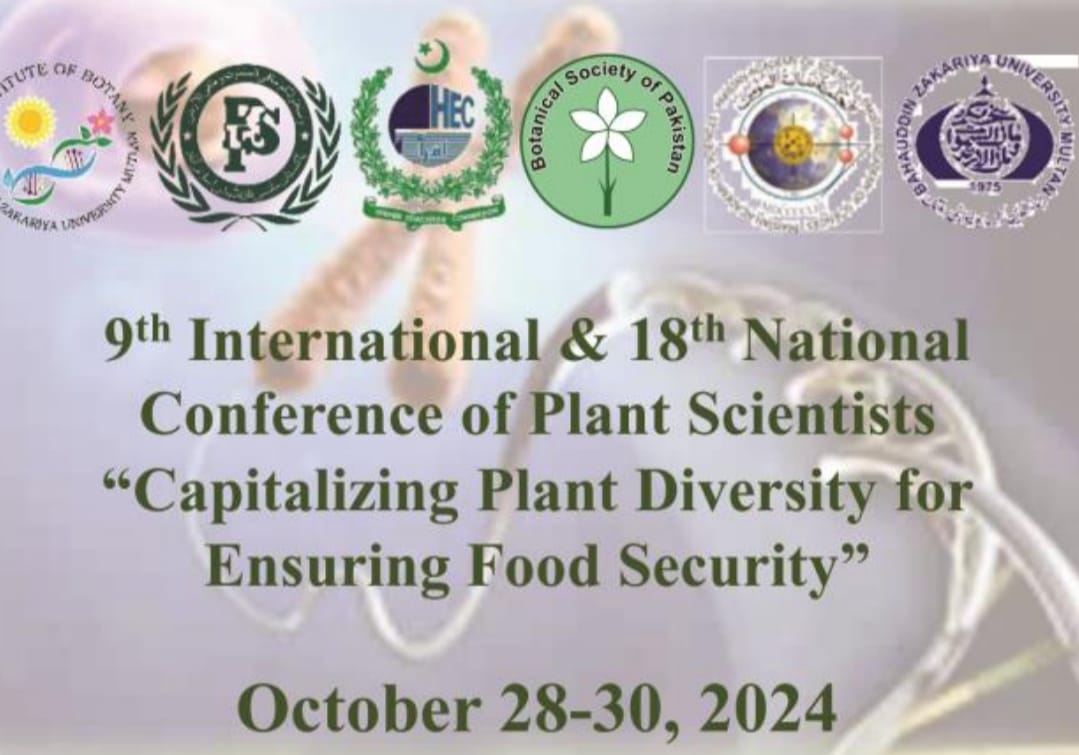
PJB-2024-564
Enhancing drought stress resilience in maize plants by exogenous application of gibberellic acid (GA3)
Umbreen Bibi and Sara Zafar
Abstract
Gibberellic acid (GA3) foliar application is an effective approach for maintaining plant integrity under various environmental stresses. The study was conducted to determine the influence of varying concentrations of GA3 (control, 50, 100, 150 and 200 ppm) on key physico-biochemical traits of two maize cultivars (CIMMYT PAK and Gohar-19) grown under 100 and 60%, field capacity (FC). A significant reduction in shoot and root fresh biomass (3.66g, 2.29g), as well as dry biomass (2.09g, 1.3g), was recorded in Gohar-19 at 60% FC compared to 100% FC (4.33g, 2.68g), (2.43, 1.60g). However, under water-deficit conditions, Gohar-19 performed better than CIMMYT PAK in terms of biomass accumulation. Foliar spray of GA3 at 150 ppm effectively lessened the influence of drought stress by modulating the growth and increasing the biosynthesis of essential metabolites. In conclusion, topical application of GA3 improved drought tolerance by promoting growth, pigment levels, and non-enzymatic antioxidant activity. Foliar application of GA3 is a great latent potential in the diminution of the negative impacts of water scarcity on crop production. Principal component analysis (PCA) revealed distinct variations in plant traits in response to GA3 foliar treatment under water shortage conditions. The novelty of this research is the identification of the optimal GA3 concentration as a viable approach for reducing the harmful impact of water scarcity on maize plants
To Cite this article: Bibi, U. and S. Zafar. 2025. Enhancing drought stress resilience in maize plants by exogenous application of gibberellic acid (GA3). Pak. J. Bot., 57(6): DOI: http://dx.doi.org/10.30848/PJB2025-6(34)
Download PDF


